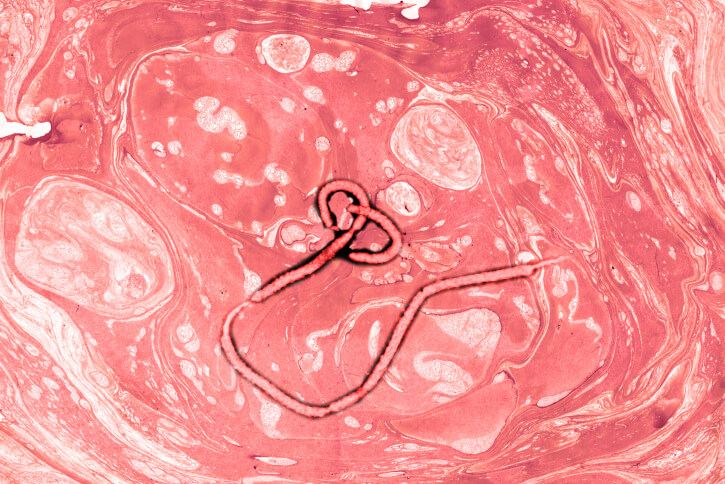
A Brief History of the Ebola Virus
The Ebola virus is the cause of an acute illness that attacks multiple organ systems and can be fatal if left untreated. Ebola in humans (called Ebola virus disease) is actually a recent virus, with the first known outbreak occurring in Africa in 1976. The current West African outbreak of 2014 is the largest and most complex outbreak to date, sparking more cases and deaths than all the other outbreaks combined. Here’s a look at how the Ebola virus has evolved since it was first discovered to cause illness in humans.
Early Ebola Outbreaks
The first outbreaks of Ebola occurred in remote villages in Central Africa, in regions where tropical rainforests are present. The first outbreak infected over 318 people in Zaire, with a mortality rate of 88 percent. A few months later in that same year, Ebola emerged in Sudan, infecting 284 with a mortality rate of 53 percent. In both cases, the disease was spread by close personal contact, mainly within hospitals, and many medical care personnel were infected.
While both outbreaks were in the Ebola family, they actually involved two different strains (called Ebola-Sudan and Ebola-Zaire, or EBOZ). Ebola-Zaire today is considered to have the highest mortality rate of any of the Ebola viruses. Interestingly, despite a tremendous research effort, the origination of Ebola was never clearly identified.
Other Ebola Strains Emerge
A third strain of Ebola virus was identified in 1989 (the Ebola-Reston virus), where it emerged in quarantine facilities in Virginia and Texas, spread by monkeys that had been imported from the Philippines. While four people developed antibodies following the incident, they were completely asymptomatic and never got sick. Similar incidences involving the Reston virus occurred in import/export facilities in the U.S., Philippines, and Italy between 1989 and 1992 with no actual illness reported.
A fourth strain (Tai Forest virus) was discovered in 1994 in the Ivory Coast, when a scientist became ill after autopsying a wile chimpanzee in the Tai Forest. The scientist survived and there were no fatalities in this incident.
The fifth and final strain known to date was discovered during a 2007–2008 outbreak in the Bundibugyo District in western Uganda (called the Bundibugyo strain). In this incident, 149 people were sickened with a 25 percent mortality rate.
According to the CDC, the 2014 outbreak is ongoing across multiple countries in West Africa, with isolated cases elsewhere in the world. It is believed to be caused by the Zaire strain of the virus. Current totals stand at 3974 infected with a 51 percent mortality rate, but these numbers are constantly evolving as more cases are discovered and the outbreak progresses.